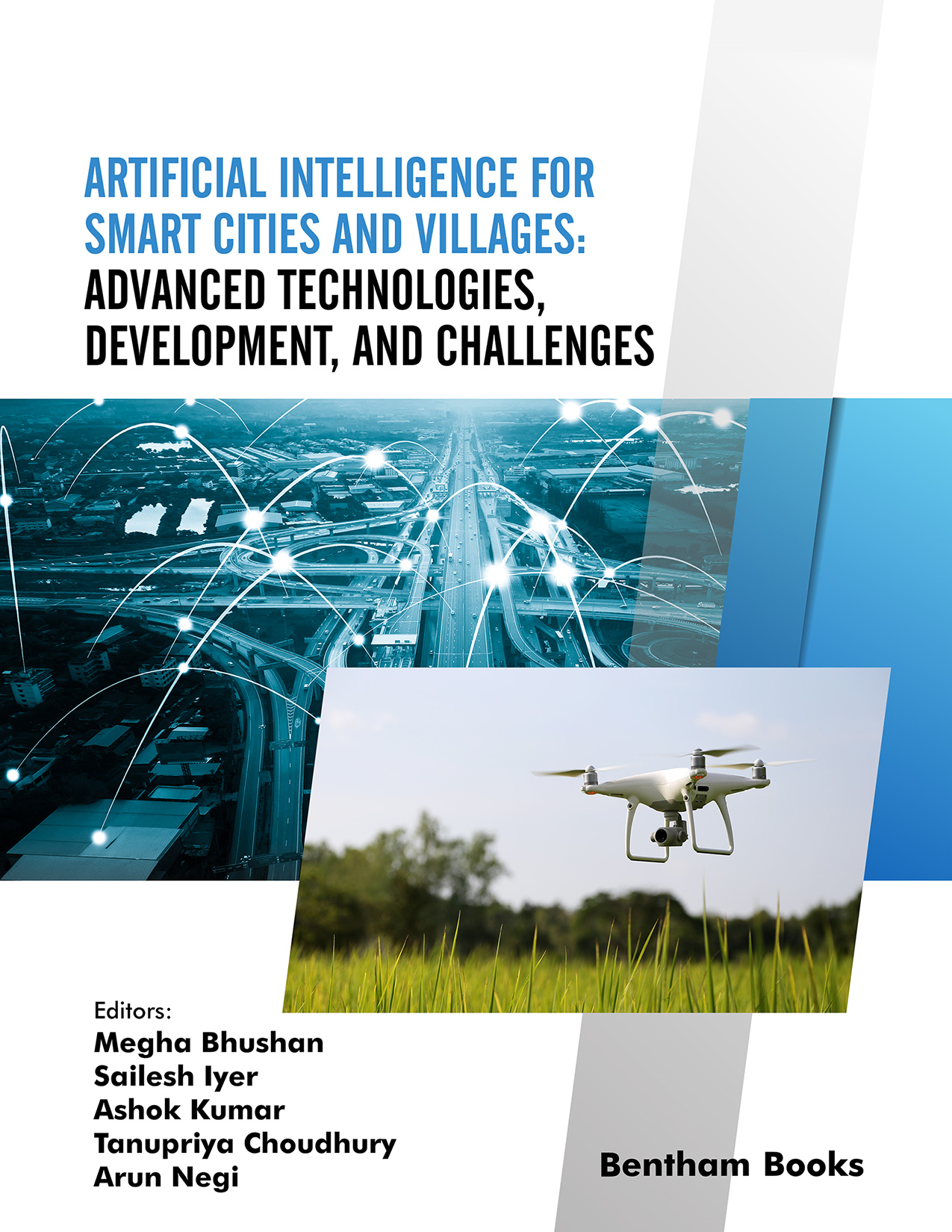Introduction
Smart cities and villages have enhanced the quality of lives of residents. Various computer-assisted technologies have been harnessed for the development of smart cities and villages in order to provide solutions for common and niche urban problems. The development of smart environments has been possible due on advances in computing power and artificial intelligence (AI) that have allowed the deployment of scalable technologies.
Artificial Intelligence for Smart Cities and Villages: Advanced Technologies, Development, and Challenges summarizes the role of AI in planning and designing smart solutions for urban and rural environments.
This book is divided into three sections to impart a better understanding of the topics to readers. These sections are: 1) Demystifying smart cities and villages: A traditional perspective, 2) Smart innovations for rural lifestyle management solutions, and 3) Case studies. Through this book, readers will be able to understand various advanced technologies that are vital to the development of smart cities and villages.
The book presents 15 chapters that present effective solutions to urban and rural challenges. Concepts highlighted in chapters include smart farms, indoor object classification systems, smart transportation, blockchains for medical information, humanoid robots for rural education, IoT devices for farming, and much more.
This book is intended for undergraduate and graduate engineering students across all disciplines, security providers in the IT and related fields, and trainees working for infrastructure management companies. Researchers and consultants at all levels working in the areas of artificial intelligence, machine learning, IoT, blockchain, network security, and cloud computing will also find the contents beneficial in planning projects involving smart environments.
Audience:
This book is intended for undergraduate and graduate engineering students across all disciplines, security providers in the IT and related fields, and trainees working for infrastructure management companies. Researchers and consultants at all levels working in the areas of artificial intelligence, machine learning, IoT, blockchain, network security, and cloud computing will also find the contents beneficial in planning projects involving smart environments.

